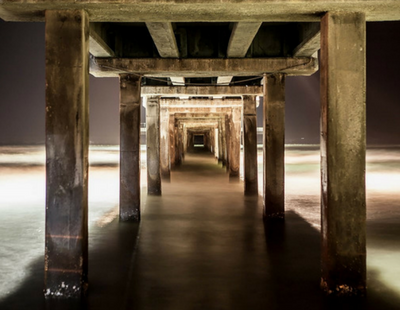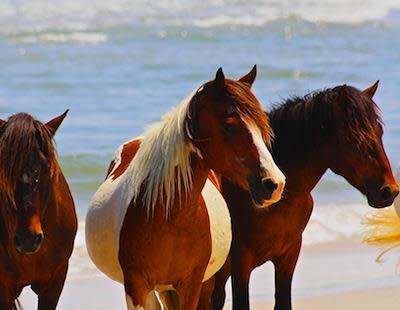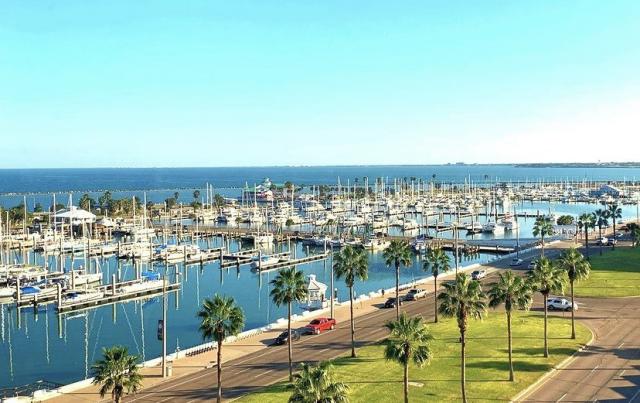
Mustang Island State Park is as wild and wonderful as the island’s rich history. First discovered by Spanish explorer Alonso Alvarez de Pineda, who charted the island in 1519, the 18-mile-long barrier island between Corpus Christi and the Gulf of Mexico is more than just a place to explore when in the Coastal Bend. If you’ve ever traveled here before, you may be questioning why the island is named after horses that don’t live there, or why people are so interested in Port Aransas. It all started with a few sandbars. Keep reading to learn more about this treasured island and its rich history.
Mustang Island’s Namesake

Originally called Wild Horse Island, Mustang Island was named after the wild horses that roamed the island for hundreds of years. Although it isn’t known how the horses got here in the first place, it’s speculated that either Spanish explorers brought them to the island or they wandered over from the mainland. By the late 1800s, the horses ceased to exist on the island, but the name remained.
Early Inhabitants
The earliest known inhabitants of Mustang Island were the Karankawa Indians. Spanish explorer Cabeza de Vaca was one of the first Europeans to meet the Karankawas in 1528.The hunter-gatherer population lived off of fish, shellfish, small game and plants around the island, and vanished completely by the 1850s.
Modern Civilization
During the Mexican-American War between 1846 and 1848, a fort was built on the island to guard the entrance to Aransas Bay and was used through the Civil War. In the mid-1840s, settlers on Mustang Island began farming and raising cattle, sheep and hogs. In the early 1800s, a building was constructed to house workers for the Mansfield Jetty in the Aransas Pass. Once work was completed on the jetty, the building was converted into a hotel, known today as the Tarpon Inn.
Captain Robert Mercer brought the first family to Mustang Island and built the first house, El Mar Rancho, in 1853. The first life-saving station in the area was established on the north end of the island in 1880. Between 1889 and 1891, after developer Elihu Ropes attempted to cut a channel across Mustang Island, a town named Ropesville developed. Later called Tarpon, the town was officially renamed Port Aransas. It now connects to the mainland by State Highway 361.
The Fight for Park Space

In 1944, successful Corpus Christi oil man and entrepreneur Sam E. Wilson Jr. purchased 6,960 acres of land on Mustang Island. Wilson’s wife, philanthropist Ada Wilson, fought the state of Texas after her husband’s death once she decided to sell the island. Her original intention was to sell the land to private developers in order to make a significant amount of money.
Sissy Farenthold, representative of Nueces and Kleberg counties in the Texas House of Representatives at the time worked to convince Ada that a state park was the best use for her land. The chairman of the Parks and Wildlife Commission at the time was not interested in purchasing the land to establish a state park, so Ada took her case to court. It eventually reached the U.S. Supreme Court, where she won. In 1972, the Texas Parks and Wildlife Department (TPWD) bought 3,954 acres from Ada Wilson, and in 1979 opened the area as Mustang Island State Park.
While Mustang Island State Park has a rich past, it has an even richer present. Families seeking a serene place for camping, beachcombing and nature watching find Mustang Island to be an ideal stop during their Corpus Christi vacation. Learn more about what Mustang Island has to offer you and your family today, and plan out the perfect itinerary for an escape to paradise.












